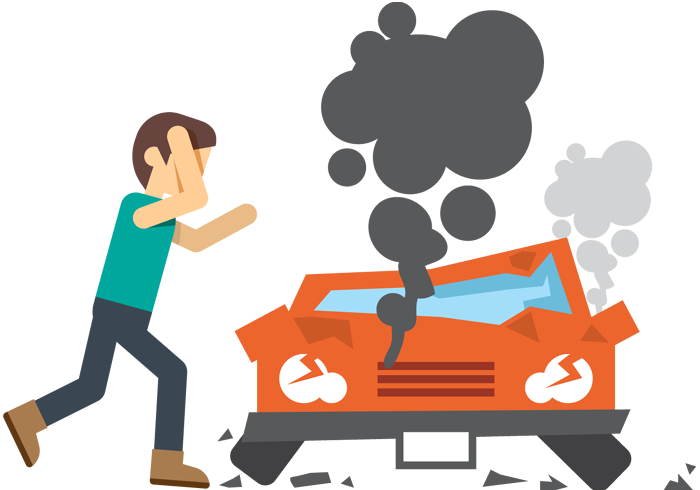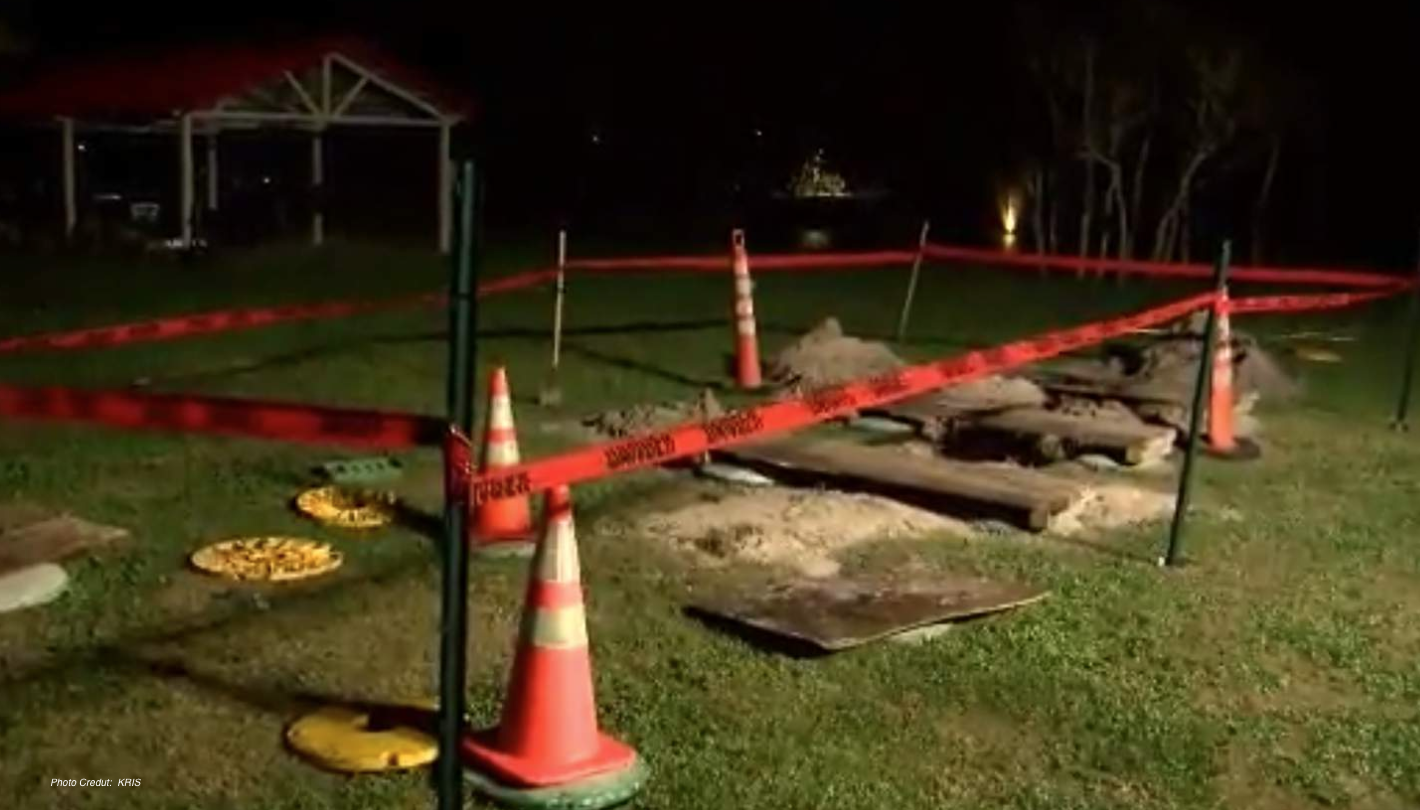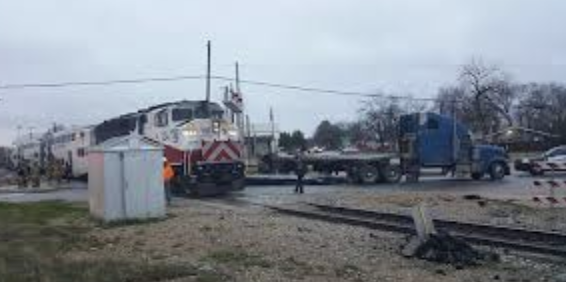 Under Texas premises liability law, restaurants and bars have a duty to protect their customers. However, the extent of this duty is often called into question in cases where someone is injured while visiting an eating or drinking establishment. In a recent opinion, the court was asked to determine whether the defendant bar owed the plaintiff a duty of care to protect him against the criminal acts of a third party.
Under Texas premises liability law, restaurants and bars have a duty to protect their customers. However, the extent of this duty is often called into question in cases where someone is injured while visiting an eating or drinking establishment. In a recent opinion, the court was asked to determine whether the defendant bar owed the plaintiff a duty of care to protect him against the criminal acts of a third party.
According to the court’s opinion, the plaintiff and a friend were drinking at the defendant bar. While they were at the bar, there were no issues. However, at 3 a.m., when the bar closed, the plaintiff was attacked by another bar patron. The fight left the plaintiff permanently blinded.
The plaintiff filed a personal injury lawsuit against the bar, arguing that the bar was negligent for failing to take any steps to protect him against the criminal acts of the other bar patron. In support of his claim, the plaintiff pointed to the fact that the police had been called five times the previous year for fights occurring in the bar’s parking lot immediately after closing.
 Texas Injury Lawyers Blog
Texas Injury Lawyers Blog


 Shooting ranges are popular in Texas, but anytime someone handles a gun there is a risk for injury. Despite the safety procedures in place in most Texas ranges, accidents do occur, and individuals are sometimes shot, leading to injuries or even death. Like most accidents, Texas law allows victims to file a civil negligence suit to recover for their injuries against a negligent party who caused the accident. However, the requirements for filing a lawsuit against a shooting range are a bit more complicated, meaning some plaintiffs who misunderstand the statutory requirements for filing may have their suit dismissed regardless of its merits.
Shooting ranges are popular in Texas, but anytime someone handles a gun there is a risk for injury. Despite the safety procedures in place in most Texas ranges, accidents do occur, and individuals are sometimes shot, leading to injuries or even death. Like most accidents, Texas law allows victims to file a civil negligence suit to recover for their injuries against a negligent party who caused the accident. However, the requirements for filing a lawsuit against a shooting range are a bit more complicated, meaning some plaintiffs who misunderstand the statutory requirements for filing may have their suit dismissed regardless of its merits. An accident is always inconvenient, and costly, as well as dangerous. If you’re in an accident, it’s important to first call 911 immediately for anyone who is injured. Your next step? Call
An accident is always inconvenient, and costly, as well as dangerous. If you’re in an accident, it’s important to first call 911 immediately for anyone who is injured. Your next step? Call 
 Texas individuals who admit their loved ones into nursing homes do so with the expectation that the nursing facility will provide their family members with appropriate medical care and treat them with respect and compassion. However, the sad reality is that many people suffer abuse and serious injuries because of reckless, negligent, or careless Texas
Texas individuals who admit their loved ones into nursing homes do so with the expectation that the nursing facility will provide their family members with appropriate medical care and treat them with respect and compassion. However, the sad reality is that many people suffer abuse and serious injuries because of reckless, negligent, or careless Texas 

 A Texas appeals court recently issued an
A Texas appeals court recently issued an 
